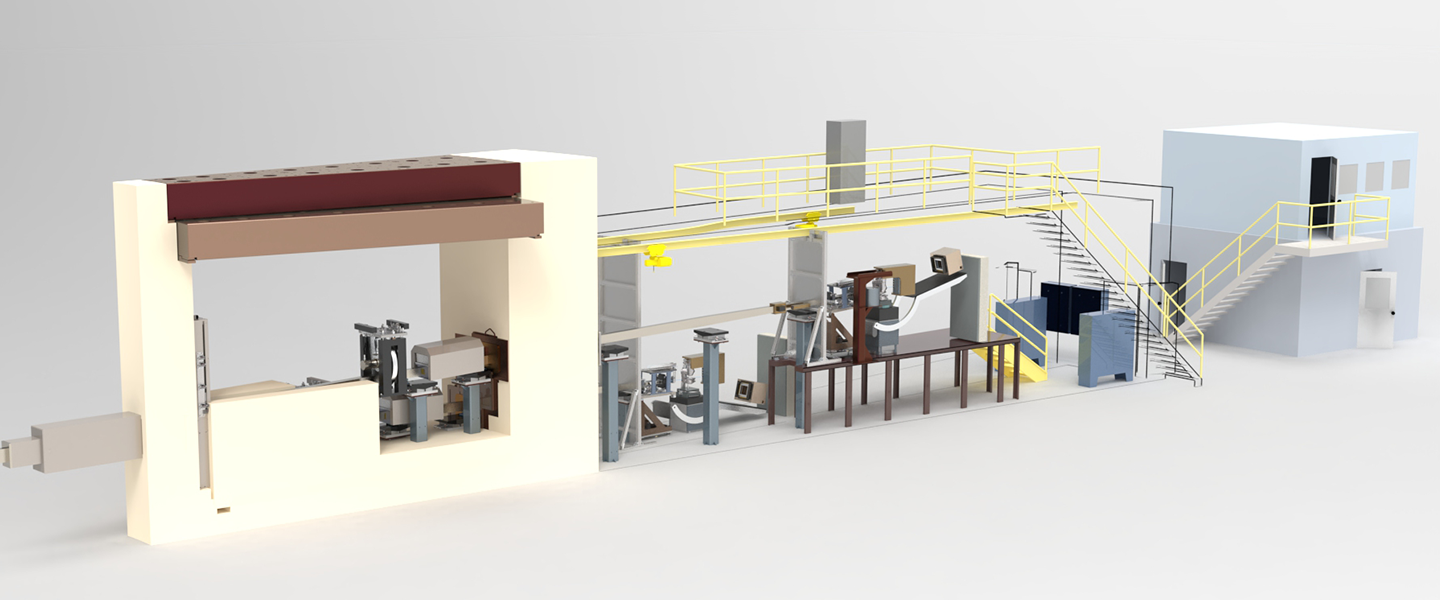Contacts
-
Instrument Scientist

QIKR will be a general-purpose, horizontal-sample-surface reflectometer consisting of two independently operable end stations – one with the incident beam directed up and one directed down. It will collect specular and off-specular reflectivity data faster than any other such instrument. Using pulse skipping (7.5 Hz), it will often be possible to collect complete specular reflectivity curves using a single instrument setting to provide “cinematic” operation, in which the user “videos” the sample undergoing time-dependent modification.
Samples in time-dependent environments, such as temperature, electrochemical, or when undergoing chemical alteration will be observed in real time with frame rates as fast as 1.0 Hz in some cases. Cinematic data acquisition promises to make time-dependent measurements routine, with time resolution specified during post-experiment data analysis.
Cinematic operation will be deployed to observe such processes in real time as in situ polymer diffusion and reaction, battery electrode charge-discharge cycles, hysteretic phenomena, membrane protein insertion into lipid layers, and lipid flip-flop.
Soft matter
Energy materials
Biomaterials
Dynamic Range of a Specular Reflectivity Measurements
Specular reflectivity R(Q) is parameterized in terms of wavevector transfer Q, which depends on the angle of incidence of the neutron beam on the sample θ and the wavelength of the neutron λ,
|
Beam spectrum |
Thermal, Cold |
|
Moderator |
Cylindrical Coupled Hydrogen (20 K) |
|
Wavelength bandwidth |
2.5 Å < λ < 25 Å (at 7.5 Hz on lower station) |
|
Source-detector distance |
20 m (lower station) 24 m (upper station) |
| Detector
|
Pixelated 2D PSD (<2×2 mm2 resolution) |
|
Dynamic range |
10 |
QIKR will collect data 25× faster than existing instruments over a sufficient dynamic range to enable cinematic measurements for most samples. Depending on the sample structural parameters of interest, single data set frame rates will range from seconds to minutes.
Instrument Scientist
Oak Ridge National Laboratory is managed by UT-Battelle LLC for the US Department of Energy